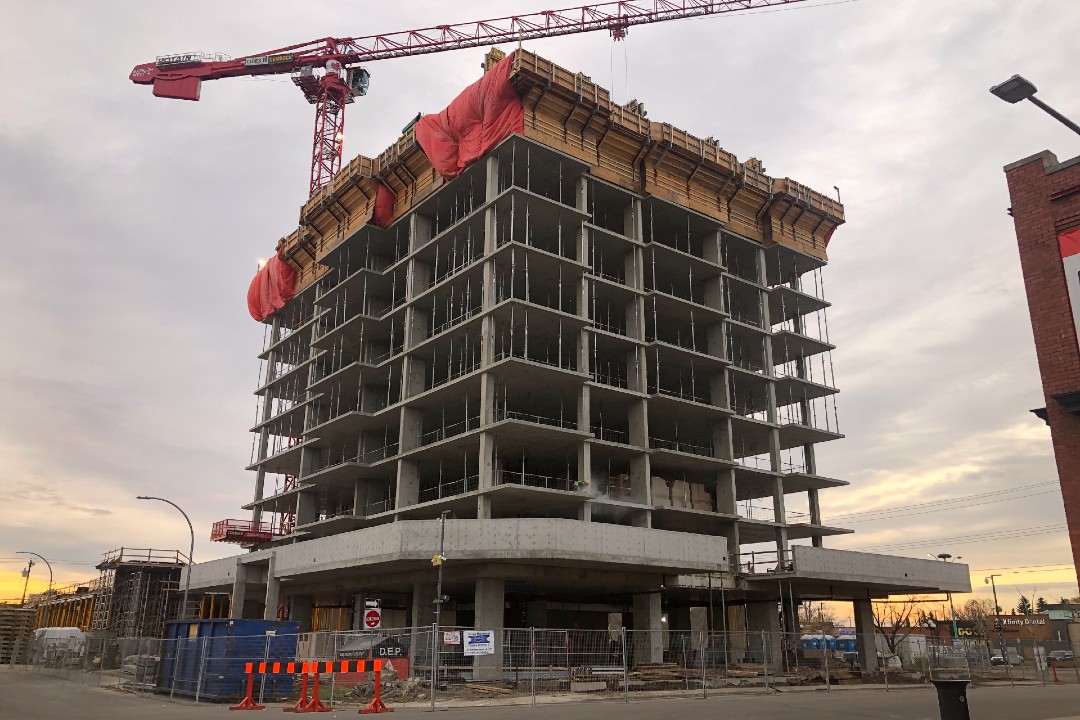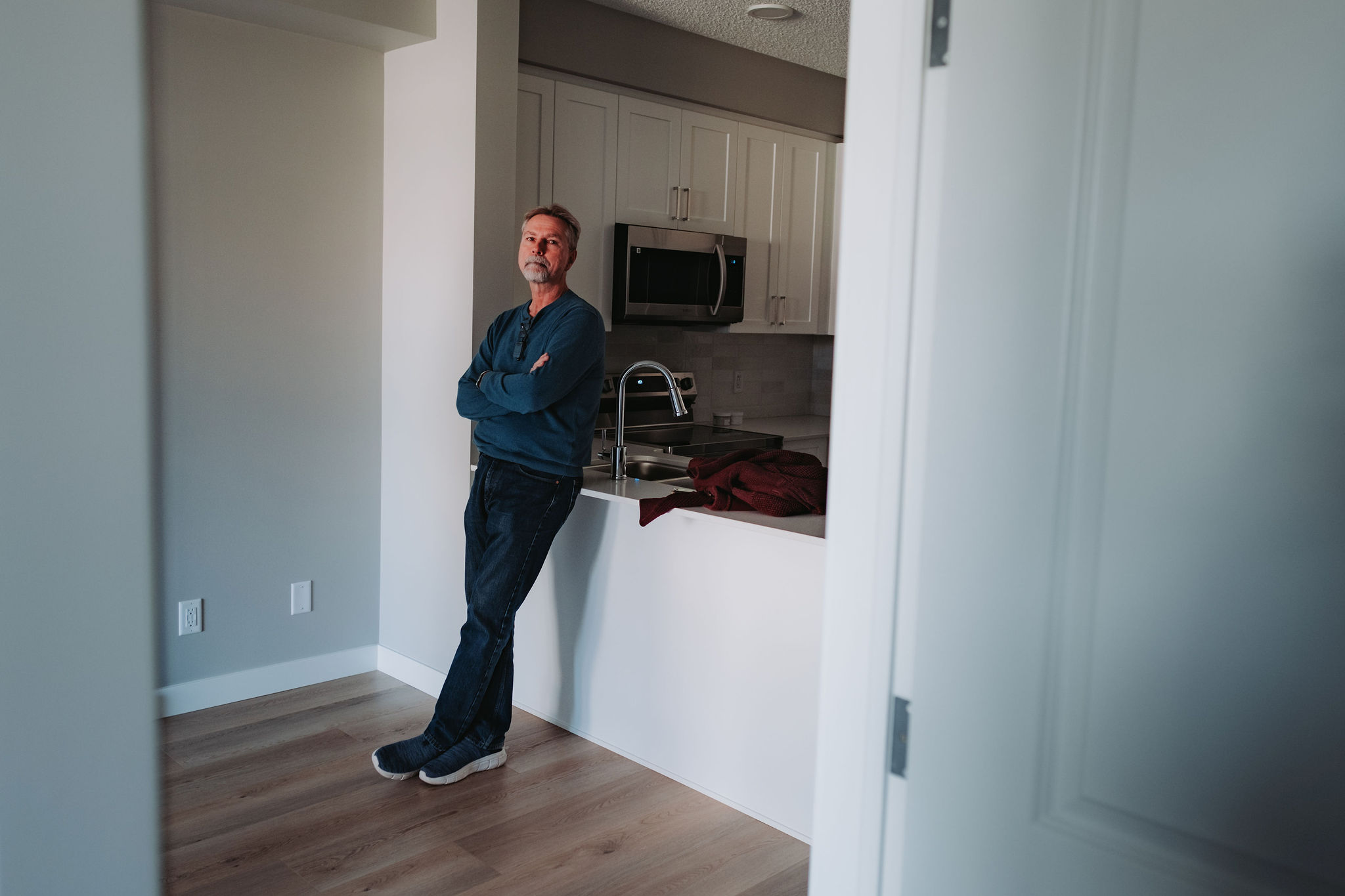
Would building more supply slow Edmonton's rising home prices?
As Edmonton prepares to enter a municipal election period where growing housing prices are expected to be a central issue, Taproot spoke to experts with Community Housing Canada and the Collins Lab for Urban Excellence at the University of Alberta to determine if municipal officials need to focus on increasing housing supply if they hope to help slow those increases.
"I would say we need to build more housing just to stand still, and that's because we're a rapidly growing city," said Damian Collins, professor of human geography at the university.
The economic principle that prices tend to increase when the supply of a good is constrained and the demand for it is increasing underpins the idea that building more homes could slow price growth. Edmonton certainly has a rising demand for housing — more than 100,000 people moved here between 2021 and 2023, and the municipal government projects 100,000 more will move to the city over the next three years. Housing prices are increasing, too. Rents are increasing faster in Edmonton than in any other large Canadian city — in September, the average rent increased by 12% to $1,600 per month. A Royal LePage report said the aggregate price for a home in Edmonton increased by 5.4%, to $456,300, in the third quarter of 2024 when compared with the same period in 2023. For comparison, the national average increase in the third quarter of 2024, compared to the year previous, was 1.6%.
Would building more supply in Edmonton slow the growth in these prices? Collins said it depends.
"The more detailed answer is, more supply is generally a good thing, but we need to build the right kinds of supply in the right kinds of places," Collins said.
New homes, especially infill homes, tend to be expensive, Katie MacDonald, an associate professor at Athabasca University and co-investigator on the Community Housing Canada research project, said. "In Alberta Avenue, where I live, one of the most affordable neighbourhoods to buy in right now, a house will be for sale for $300,000 and then an infill will be, like, $800,000, so it's really radically changing our neighbourhood quickly," she said. "This is the way that infill is done."
Even though new housing units can be eye-wateringly expensive, studies suggest that when these types of units are built, higher-income people will move into them and thereby free up wherever they were living to those with lower incomes.
A study in Finland, for example, used population-wide register data to see where people of different incomes moved around Helsinki, a city with roughly the same population as Edmonton, after new, more expensive units in the centre of the city were built. Researchers tracked movements to this new housing and to the housing that was thereby freed up (scored as rounds one and two, respectively) across six rounds to test whether lower-income renters actually did move into units that were left by people moving to newer, more expensive housing.
The study found that "new housing built in expensive areas of the city does indeed primarily house the better-off. However, the moving chains triggered by these new units reach middle- and low-income neighbourhoods."






